1870-1947 Pre-Grouping & Grouping – Modelu
 www.modelu3d.co.uk
www.modelu3d.co.uk
These are very good.
 www.modelu3d.co.uk
www.modelu3d.co.uk
I don't know if it helps, but from my own observations, the term "uniform" in the modern sense seems not to have existed.

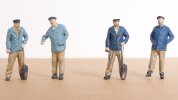

I know that the L&YR is a long way from East Anglia, but these views of loco crews from the 1880s may give you food for thought. I suspect there was not too much regional variation in industrial clothing across the country.I need to be very careful specifying figures for the late 1890s . . . I need to find out what the GER uniforms for footplate staff looked like at the time.
There is no rush to do this, and this is fortunate because my books on the GER don't give me any clues.
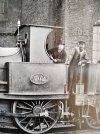
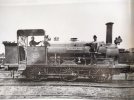
I need to be very careful specifying figures for the late 1890s . . . I need to find out what the GER uniforms for footplate staff looked like at the time.
There is no rush to do this, and this is fortunate because my books on the GER don't give me any clues.
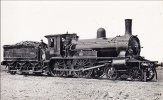
faces. I do not go along with whites of eyes and so on. I feel such characters always look unnatural. A little shadow maybe, but nothing more, your crews seem entirely believable IMO.
Have a look down the street and try to replicate what you can spot at two coach lengths away!
I think that the hats are good examples of the wide variety of head wear available in the late 19th century, presumably chosen for their ability to keep the wearer dry rather than for fashion. The jacket on the GER 262 and on the driver on LYR 702 are, I think, pea jackets, which originated amongst sea farers (the name may come from the Dutch). Clearly the main aim of the clothing was to protect the wearer from the weather. I attach one more photo from the Railway Magazine of 1900 in an article on the LNWR. That the lordly Premier Line was happy to have a photo of one of their drivers who is dressed for comfort rather than style, suggests that such clothing was common.I enjoy photography as a hobby and I do try to make models which will look okay in photos. At the limit, I would love to make models which I can arrange to look like full size ones in photos. I am not there yet but some kind of scenic diorama ("Heybridge Basin" with its swans) will help me to see what I need to do better.
The smallest detail I want to replicate in 7mm scale is a rivet head, and mine are about 1/2 mm diameter and 1/4 mm thick. Eyeballs (the visible white parts) are smaller than this. George's post of GER 262 shows to me, a quick pencil line under the top of the eye socket is a good thing. I've done this better on some of my figures than others. This could be a green or blue pencil for females after makeup became popular but this is a bit early for my Heybridge Railway.
So really I could have two sets of crew for the Y14. One set to give the right overall impression during running, and one set for the photography hobby. In fact, this second set could move from one loco to another. I was thinking, my GER crew needed to be dressed differently to my Heybridge Railway crews, but now I don't think this is the case.
George: that photo of 262 is superb and it ought to be my go to reference for how any of my locos should look.
Tim: the hats with L&Y 702 and Goliath should keep me occupied for a while. Especially the driver of 702.
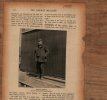
It is isn't it.... Makes me want to make one.... Oh drat another for the wishlistGeorge: that photo of 262 is superb and it ought to be my go to reference for how all of my locos should look.
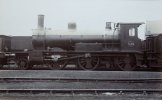


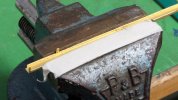
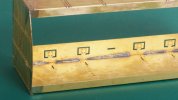
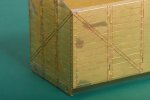
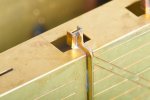

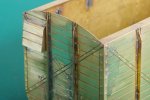
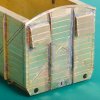


Nor will the rivets if I keep on trying to use solder to hide my mistakesThe solder will not show through the primer!


